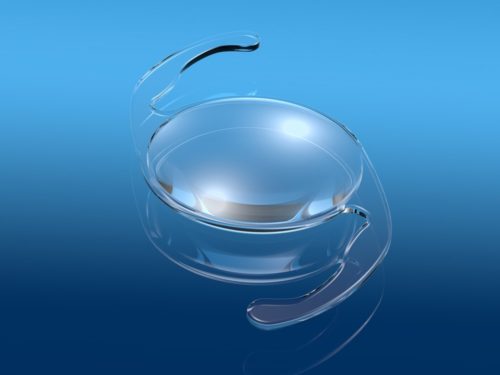Is RLE right for me?

Refractive Lens Exchange or RLE is a form of vision correction surgery in which one’s natural lens is replaced with an advanced technology: intraocular lens (ATIOL) or a smart lens. The advanced design of the lens allows the eye to focus at different distances, i.e., far for driving, mid-range for computer, and near for reading. RLE is most often done on people over 40 years old who are experiencing difficulty with mid to near vision. However, younger people who are not candidates for other forms of vision correction surgery may also qualify for this life-changing procedure.
RLE is similar to cataract surgery, in which the natural lens that has become cloudy due to aging is replaced with an artificial lens. While the surgical process is similar, the objectives are different. In cataract surgery, the primary goal is to remove and replace the cloudy lens, whereas, in RLE, it is to reduce or eliminate one’s dependence on glasses. Thus cataract surgery is a medical procedure covered by health insurance, whereas RLE is an elective procedure, similar to LASIK, and not covered by health insurance.
The evolution of cataract surgery, a medical procedure, to elective RLE surgery, is made possible by advances in diagnostic and surgical devices and intraocular lens technology. Advances in the diagnostic and surgical equipment made the surgery much safer, more accurate, and faster, and improvements in intraocular lens technology made clearer vision at different distances possible. Within the past five years, there have been revolutionary advances in lens technology utilizing various optical principles to allow the eye to focus at multiple distances while reducing the side effects such as glare and halos.
There are many benefits to RLE in addition to attaining independence from glasses. RLE preemptively treats cataracts by removing the lens that becomes cloudy as one age and has the potential of giving the most stable vision throughout one’s life. Furthermore, in a lens-based surgery such as RLE, the outcome is much less dependent on the amount of correction than in laser vision correction. Laser vision correction such as LASIK achieves its goal by removing corneal tissue commensurate with the degree of prescription. Thus higher prescription requires increased alteration to the natural eye, which, in turn, can result in short- and long-term vision change. However, in RLE, the process is the same regardless of the prescription, and the surgeon can address eyes with different prescriptions by simply changing the power of the intraocular lens. This aspect of RLE results in highly stable correction even for people with a high prescription.
The minimal alteration to the cornea also means the procedure will not cause eyes to become dry. Patients can experience dry eye symptoms following laser vision correction, especially during the recovery period. The alteration to the cornea that occurs during LASIK can disrupt the eye’s tear-producing mechanism and cause dry eye symptoms. This disruption does not happen in RLE, and tear production is not affected.
Unlike cataract surgery, RLE surgery can be done in an office setting similar to LASIK. The procedure takes about 10 to 15 minutes per eye and utilizes only eye drops for anesthesia. A mild oral sedative is offered to help patients relax; however, general anesthesia is not needed as there is minimal discomfort. Most patients can resume their normal activities the following day. Eye medications are used for two to four weeks to help with recovery.
RLE is the next phase in eye surgery in which vision is corrected at both far and near to help patients gain freedom from glasses at all ranges and restore youthful vision. Advances in technology and surgeon’s skills have transformed a cumbersome medical cataract surgery into a fast, safe, and precise elective surgery that is performed in an office setting with patients resuming most of their normal activities the next day.
